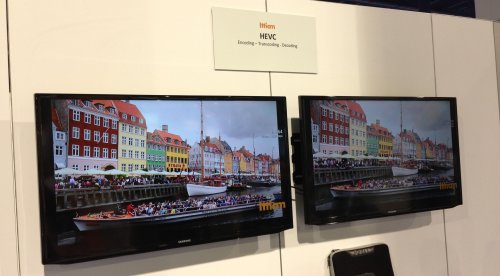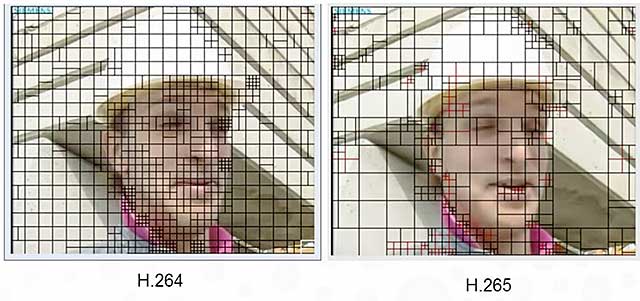Next-Generation Video Transcoding
By: Alexandru Voica

The Emergence of H.265 (HEVC) and 10-Bit Color Formats
Today’s increasingly demanding applications, such as Ultra-HD TV, wireless display, and high quality video capture are driving the need for new video encoding and decoding technologies.
With the increasing availability of OLED displays and 10 bit monitors, which offer a wider color range, consumers are demanding higher color fidelity than ever before. Plus, with ‘beyond real time’ HD video handling, video encoders/decoders must provide enough performance for tomorrow’s Ultra-HD 4Kx2K applications, such as display surfaces and mosaic screens.
H.265 (HEVC) – next-generation video coding
H.265, also known as High Efficiency Video Coding (HEVC) is a video transcoding standard recently approved and ratified by ITU-T. It is a direct successor to the highly popular H.264 standard.
H.265 is set to be rapidly adopted and deployed by manufacturers and content providers, especially for mobile video distribution and 4K Ultra-HD TV broadcast.
Several demonstrations of HEVC are in evidence across the industry. To date, we’ve predominantly seen software decode solutions for consumer electronics, running entirely on the CPU or using GPU compute to accelerate HEVC decode. Companies that have demonstrated software-based implementations include NTT Docomo, Telestream/MulticoreWare, Vanguard Video Solutions, and Ittiam.

Fig. 1: Ittiam demonstrated software-based HEVC decoding at the NAB Show 2013.
For the next generation of products, hardware-based HEVC decode and encode will be necessary to drive the requisite performance while keeping power consumption to a minimum. Multi-stream and 4K are key drivers for hardware HEVC decode and encode, which Imagination’s IP has already been designed for.
A breakdown of how H.265 (HEVC) works
H.265 video coding is an order of magnitude more complex than previous codec implementations. HEVC divides a frame into small blocks (referred to as "CU" – or "coding units") and the prediction and transformation coding of the images is conducted within each CU.
HEVC offers variable blocks that can handle up to 64×64 pixels, changing the size according to texture, while the previous generation H.264 standard relied on a macro-block size of a maximum of 16×16 pixels.

Fig. 2: H.264 vs. H.265 (HEVC): larger block sizes enhance encoding efficiency*.



















